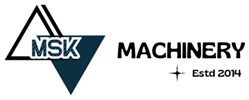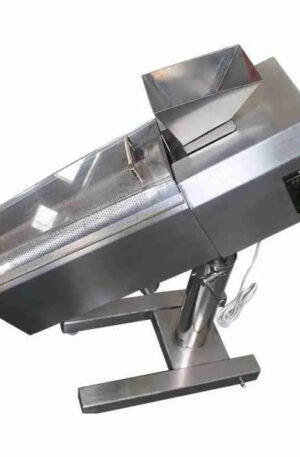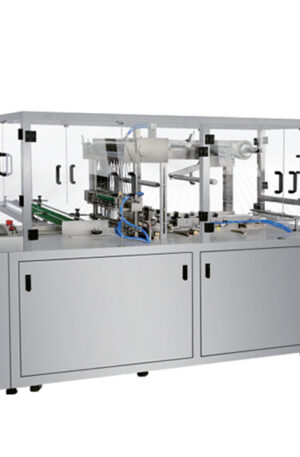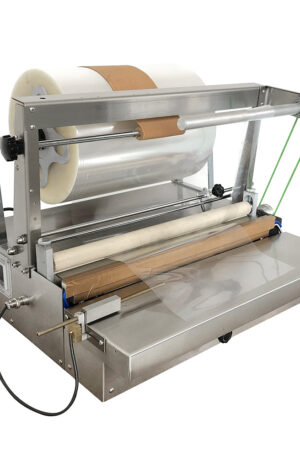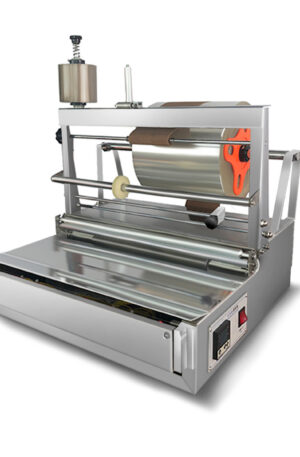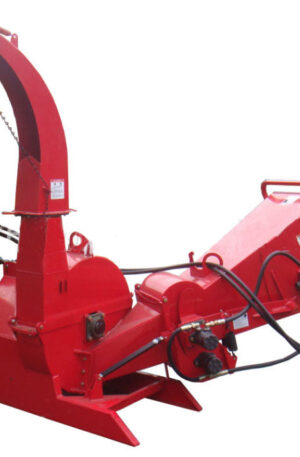Title: The Evolution of Pharmaceutical Machinery: From Manual to Automated Processes
Pharmaceutical machinery has undergone remarkable transformations over the years, moving from manual operations to highly efficient automated processes. This evolution has significantly impacted the production and packaging of drugs, enhancing efficiency, accuracy, and overall quality in the pharmaceutical industry.
Historically, pharmaceutical manufacturers relied on manual labor for tasks such as tablet pressing and capsule filling. Workers had to meticulously measure and mix raw materials before manually operating machines like the table press machine and capsule filling machine. This manual process was not only time-consuming but also prone to human error, leading to inconsistencies in drug manufacturing.
With advancements in technology, the pharmaceutical industry witnessed the introduction of automated machinery, revolutionizing the way drugs are produced. Automatic tablet press machines, such as the TDP (Tablet Press Machine) and THDP (Tablet High-Speed Rotary Press Machines), have become essential tools in pharmaceutical manufacturing facilities. These machines can precisely control the compression force and speed, ensuring uniformity in tablet size, weight, and composition. Additionally, automation has improved production efficiency, allowing for higher output rates and reduced labor costs.
The capsule filling machine is another example of automated pharmaceutical machinery that has transformed drug manufacturing processes. Modern capsule fillers can accurately fill capsules with the required dosage of active pharmaceutical ingredients, excipients, and other materials. Automation in capsule filling not only minimizes human intervention but also enhances the accuracy and consistency of the final product.
The shift towards automation in pharmaceutical machinery has also led to increased emphasis on quality control and regulatory compliance. Automated processes allow for real-time monitoring of production parameters, ensuring that drugs meet strict quality standards and regulatory requirements. Additionally, automation enables traceability throughout the manufacturing process, from raw material intake to final product packaging, facilitating batch tracking and recall procedures if necessary.
In conclusion, the evolution of pharmaceutical machinery from manual to automated processes has revolutionized drug manufacturing in terms of efficiency, accuracy, and quality control. Technologies such as the table press machine, capsule filling machine, TDP, and THDP have played a crucial role in streamlining production processes and ensuring consistent drug quality. As the pharmaceutical industry continues to embrace automation and digitalization, the future promises even more innovative solutions to meet the growing demand for safe and effective pharmaceutical products.
